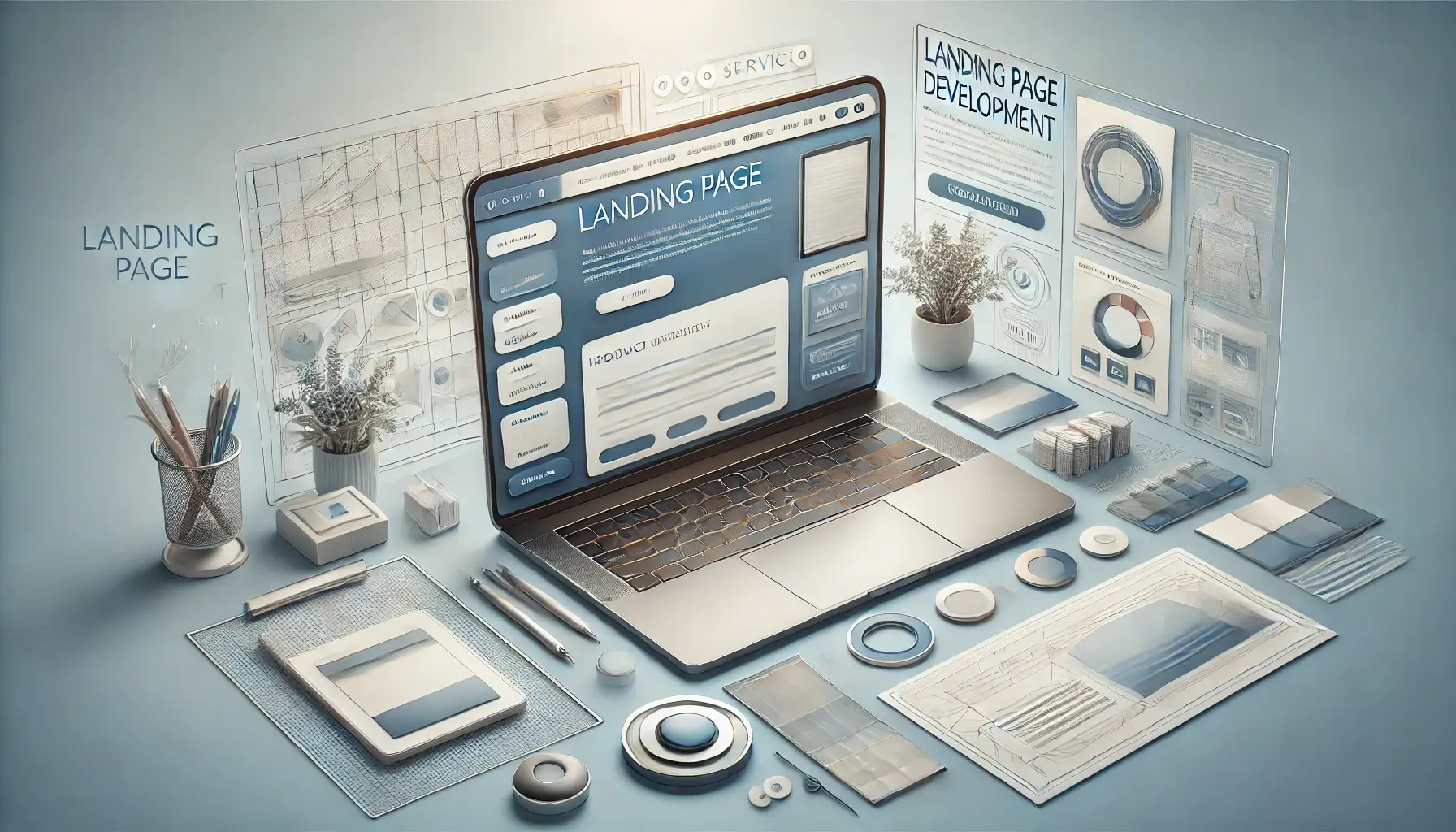In this project, you’ll develop a fully functional landing page for a product or service. The goal is to create an engaging and responsive design that effectively communicates the value proposition, includes a strong call-to-action (CTA), and captures user information through a contact form or signup field. The project will help you apply essential web development skills, including HTML, CSS, and JavaScript, while also integrating responsive design practices.
Skills Required
- HTML: To structure the content on the landing page.
- CSS: To style the landing page and make it visually appealing.
- JavaScript: To add interactivity (e.g., form validation, dynamic content).
- Responsive Design: Understanding of media queries and frameworks like Bootstrap or Tailwind CSS.
IDE (Integrated Development Environment)
- Visual Studio Code (VS Code): A powerful, lightweight, and popular code editor with extensive plugins and customization options.
- Sublime Text: Another lightweight code editor, suitable for HTML, CSS, and JavaScript.
- WebStorm: A feature-rich IDE from JetBrains tailored for JavaScript development.
Step-by-Step Process
Step 1: Project Setup
- Install IDE: Download and install VS Code or your preferred IDE.
- Create a New Project Folder: Organize your files by creating a project folder on your local machine.
Step 2: Structuring the HTML
- Create an
index.htmlFile: Start by creating an HTML file where you will structure the landing page content. - Add Basic HTML Structure: Include doctype,
<html>,<head>, and<body>tags. Insert meta tags for responsive design (viewport). - Content Sections: Divide the page into sections like header, main content, features, testimonials, and footer.
- Header: Include navigation and a hero section with a catchy headline.
- Main Content: Provide product/service details, key benefits, and a CTA.
- Form: Add a signup or contact form to capture leads.
Copy
<!DOCTYPE html>
<html>
<head>
<title>Document</title>
</head>
<body>
<h1> This is a heading</h1>
<p>This is a paragraph</p>
</body>
</html>Step 3: Styling with CSS
- Create a
style.cssFile: Link this file to your HTML and start adding styles. - Apply Global Styles: Set default styles for the body, headings, and other elements.
- Design the Layout: Use Flexbox, Grid, or a CSS framework (like Bootstrap) to structure the page layout.
- Responsive Design: Add media queries to ensure the page looks good on all devices.
Step 4: Adding Interactivity with JavaScript
- Create a
script.jsFile: Link this file to your HTML. - Form Validation: Implement basic JavaScript to validate form inputs before submission.
- Dynamic Content: Add interactive elements like dropdowns, modals, or carousels if necessary.
Step 5: Deployment
- Host the Page: Use platforms like GitHub Pages, Netlify, or Vercel to host your landing page.
- Domain Setup (Optional): Purchase a domain and link it to your deployed landing page.




